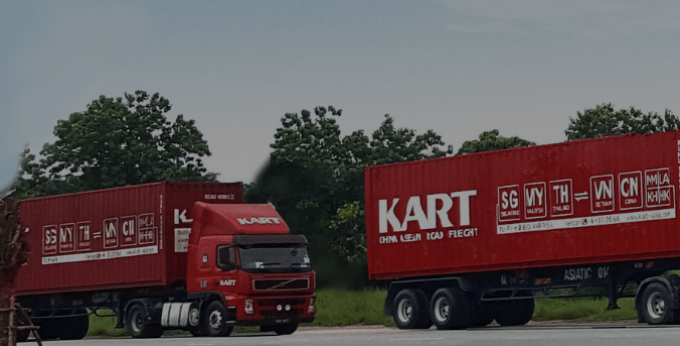Transpac leader Kerry craves diversity via M&A
A crowded space

Increased freight demand across South-east Asia has given rise to a new breed of intermodal networks, driven by cross-border trucking.
According to Gursimran Singh, regional business development manager at China-ASEAN road freight specialist Kart Asia, more and more large 3PLs are choosing Bangkok as their regional logistics hub ...

Comment on this article